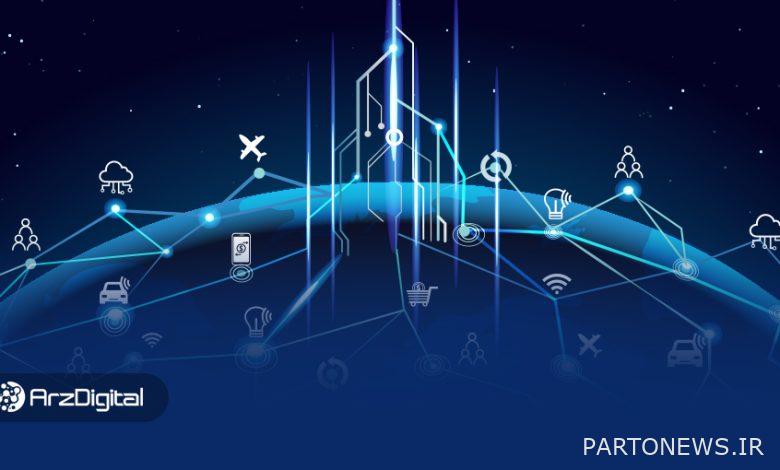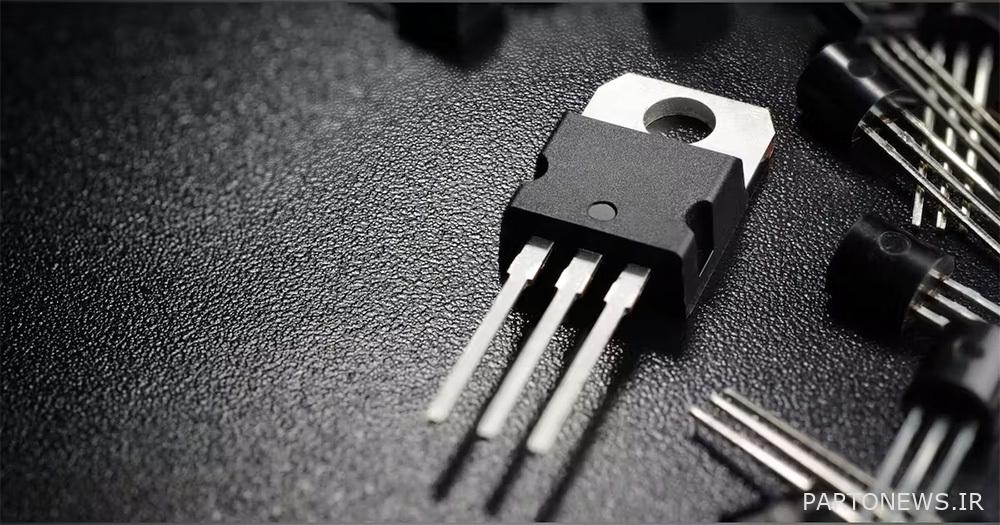What is the connection between Moore’s Law and the Internet of Things (IoT)?

Most people still do not have a clear idea of the importance and even the concept of Internet of Things (IoT). Contradictory views are heard about the real value of the Internet of Things and exaggerated advertisements are made about it. However, many people are not very optimistic about this innovation and point to the possibility that its growth will stop in the future.
However, the evolution of the Internet of Things has reached a point where it can be called the next biggest technology breakthrough. Now, what has caused the Internet of Things to fail to gain its real place in the world? This question is clearly answered in Moore’s law.
In this article to help a note Collected from the 101blockchains website, we help you gain a better understanding of Moore’s Law as it relates to the Internet of Things and the barriers to the growth of this technology; So stay with us until the end of the article.
Will the Internet of Things hype continue?
After the launch of new technologies, hype and hype are always the first topics discussed; But more often than not, the first advertisements for new technology are not very consistent with its content.
The issue of exaggerated advertising has also occurred for the Internet of Things technology, and the main focus of advertising has been on new devices with IoT support. However, little attention has been paid to the communication between IoT devices, their usage, data from these devices, or the possibility of integrating all IoT devices. Don’t forget, you can’t deny the fact that device manufacturing will play an important role in the development of the Internet of Things; But IoT does not end there.
The ever-increasing number of IoT devices and the introduction of new devices can be a stimulus for organizations to start working on managing the data flow between IoT devices and applications. In the new IoT landscape, one should not only focus on providing users with routine applications. On the contrary, the IoT device should be designed and built based on the communication between devices, applications, users and data.
Moore’s Law is a concept that provides the necessary support to explain these future visions of the Internet of Things.
What is Moore’s Law?
To understand the importance of Moore’s law, you must first understand its definition and get to know the main concept of this law. According to this law, the number of transistors on a fixed-area chip roughly doubles every two years. This increase in the number of transistors leads to an increase in processing power.
Also, Moore’s law states the possibility of reducing the cost of each transistor according to the increase in the total number of transistors. As a result, according to Moore’s law, the processing power of computers can increase and at the same time the cost of each transistor can decrease exponentially.
In the past five decades, Moore’s law has become one of the most important tools for predicting the development of computer industry technology. Gordon Moore, one of the founders of Intel, predicted in 1965 that by 1975 the number of transistors in each computer chip may reach approximately 65,000.
Moore then revised his hypotheses with new data, and this revision showed that processing power can double every two years. This law became a benchmark for computer engineers and researchers to make new developments in this field.

Now, with the unprecedented growth of computer technology, the first question must be answered: “Is Moore’s Law still valid?” The answer to this question needs more clarification. Since the introduction of this law, the number of converters per chip has increased from 35 thousand to 50 billion.
In addition, the growth of capacity foreseen in this law may eventually lead to a deadlock. According to Moore’s law, after a certain time, transistors should become much smaller and the size of an atom. As a result, the effect of quantum physics can make transistors’ abilities to provide proper performance very limited, or even impossible.
Moore’s law formula
The next important point for a basic understanding of Moore’s Law is its formula. Now that we are looking to understand the concept of law, it is logical to examine it in the form of numbers. Of course, remember that Moore did not introduce a specific equation or formula for his concept, and he did not present this law directly.
However, the simplest formula to explain Moore’s law is:
Future processing power = current processing power × n to the power of 2
In this formula, “n” is the number of years necessary to develop the necessary microprocessor divided by 2. Consider this example: In 1972, the Intel 8008 had about 3,500 transistors. After 10 years, how many transistors do you expect to be in the microprocessor? Here the time difference is 10 years; So “n” will be equal to 5. Therefore, you can use the formula as follows:
Future processing power = 25×3500
So the future processing power is equal to 112 thousand. In 1982, Intel produced 286 processors with about 134,000 transistors; As a result, Moore’s prediction is not far from reality at all.
Moore’s Law and IoT
Technology engineers and specialists have been able to use Moore’s law in the field of semiconductors. This law has really worked to increase the computing power of desktops, wearable gadgets, smartphones and laptops.
Also, the growth of the Internet of Things has led to the dynamic use of Moore’s Law and the acquisition of a valuable and efficient model for new technologies and capabilities. It is worth noting that Moore’s law was able to provide a valid explanation for the faster growth of Internet of Things support networks, just like the explanation he provided for the number of transistors in circuits.
Validity of Moore’s Law at the present time
The connection between Gordon Moore’s Law and the Internet of Things began quickly after its concept was established. The Internet of Things began with the integration of computing capabilities into devices and tools. This innovation provided an exceptional ability to control devices. The purpose of this stage of the development of the Internet of Things was to extract data from devices.
In the second phase of the evolution of the Internet of Things, Cloud Computing was introduced. In this phase, the computing power was scaled and the computing power of devices increased significantly by using cloud computing capabilities.

Cloud computing has led to cost savings and flexible access of devices to networks and servers and the possibility of storing more data. Now the field of Internet of Things is in the third stage of evolution.
At this stage, new IoT devices can generate data and connect to each other. In addition, IoT devices are developing capabilities to provide information that was previously unavailable. This is done with the help of metadata analysis.
Along with the increasing demand to connect different types of Internet of Things devices to each other, the question “Is Moore’s Law still valid?” A clearer answer will be given. Many people do not understand the promising benefits of this law; But according to Moore’s Law, we can have more IoT devices at lower costs and with greater adoption in the future. Also, by using Moore’s law, it is possible to develop new and innovative ways to use the Internet of Things.
The impact of Moore’s Law on IoT
To understand the importance of Moore’s law in IoT, you must first consider the concept of this law in IoT. The law primarily states that individuals can acquire IoT devices at low cost; Because according to Moore’s law, the initial cost of building IoT devices will decrease.
At the same time, reducing the initial cost removes entry barriers from people’s way and leads to the participation of more people in the field of Internet of Things. If there is no change in this law, the Internet of Things will create a large and emerging market in the future.
In addition, this connection may create large secondary markets for the exchange of IoT-related assets. The exponential growth of IoT devices greatly enhances the tokenization and trading of assets in connected ecosystems.
With that being said, we can look to a future where people regularly earn money with their devices and subsequently IoT assets. In fact, the widespread adoption of IoT devices should not make us fear automation in the world; On the contrary, the increase in the number of Internet of Things devices should be viewed as an opportunity.
Obstacles to implementation of Moore’s Law in the Internet of Things
Moore’s law in the Internet of Things will only be important due to three distinct factors. Henceforth, forces related to power, size, and heat cast doubt on shrinking transistors.
Furthermore, according to many hypotheses, transistors that shrink too much in size will not be practical. Another important point is that interchip tracks cannot be smaller than molecules due to physical limitations. Therefore, we should look for reliable solutions such as multi-core microprocessors or stacked semiconductors.
Conclusion
Along with the acceptance of Internet of Things devices and networks in the world, Moore’s law has been used more and more. In the distant decades, this law provided a strong foundation for the Internet of Things, and even today, it has provided us with a practical way to increase computing capacities in the ecosystems of the Internet of Things. Most importantly, this law is likely to remain valid for the foreseeable future.

